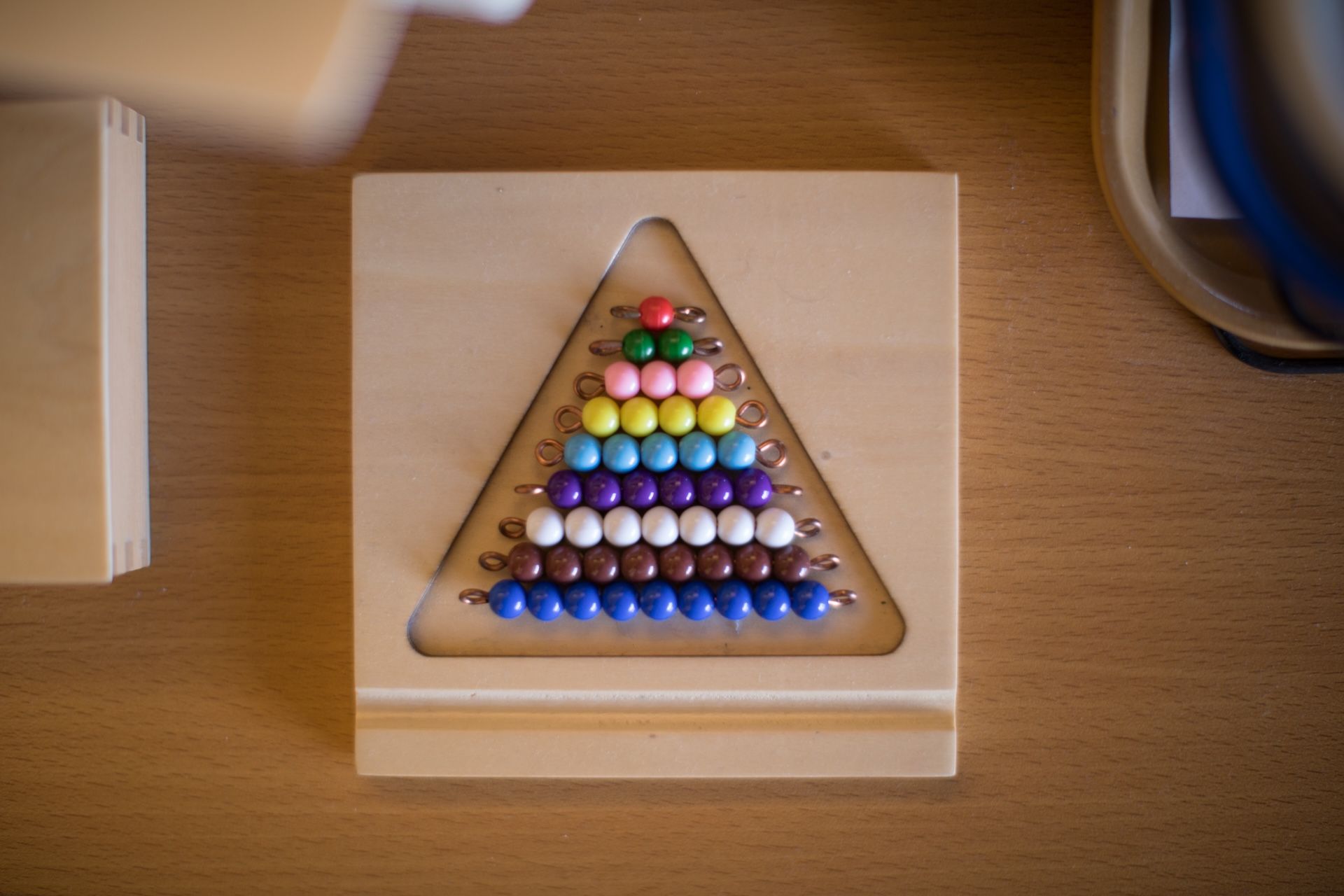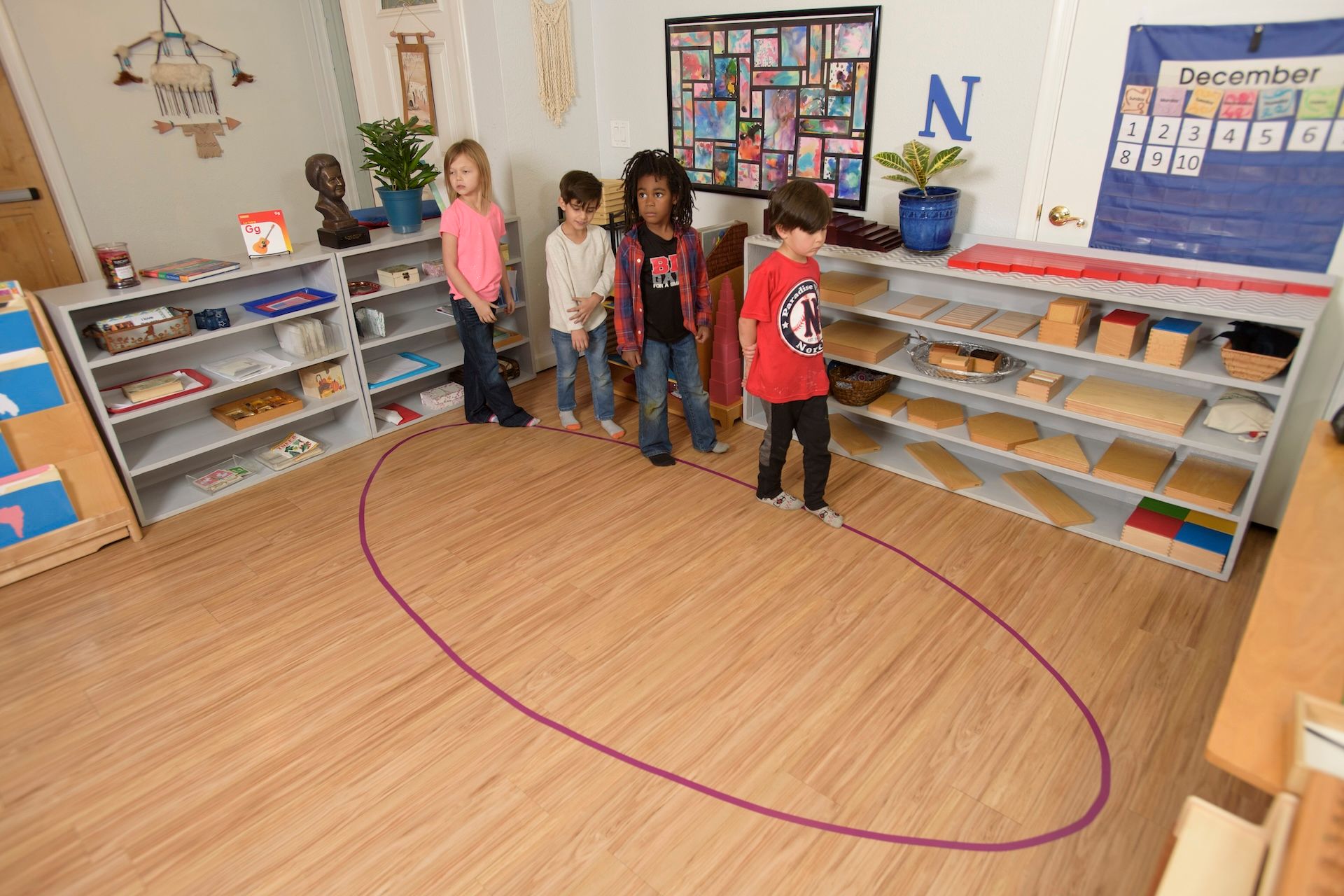In Montessori, one of the major parts of the program is Practical Life Activities. Have you involved your children in organizing things around the house? Cleaning? These activities work fine motor skills, teach them how to respect themselves and the people and objects around them, and interacting with others. Once children reach elementary age, though the tasks must become more complex to match their growing knowledge, interests, and abilities. Here are some simple extensions of practical life activities that you can implement at home!

Flower Arranging
One common activity for children is flower arranging. For younger children, we tend to get 2-3 small glass jars and a handful of the same trimmed flowers. The goal is for children to take all the flowers and arrange them evenly between jars. This activity allows students to develop fine motor control, and a knowledge of space (since you can’t just jam all the flowers into one jar.) This activity is also very easy to extend! Simply add variety to the colors, types, and size of the flowers and you can have many tasks accomplished at once. Perhaps the flowers can be arranged into the jars by type, or perhaps by color, perhaps we can take groups of each kind of flower and arrange different groups into the jars. Doing this allows the child to get creative with the activity, while also allowing them to work on fundamental concepts like matching and sorting, and more complex ideas, like abstractions of groups.
Washing and Drying
Another common activity done in the home is washing plates and silverware. As children age though this activity can be extended very easily. Once something is washed, a simple motion, it must be dried thoroughly and then placed back in its shelf or drawer. Doing this challenges the child’s ability to sort and make judgments about the placement of materials. Once this becomes simple enough for the child, you can go further by inviting them to clean objects or learning materials which have a finer care process. Learning that different objects must be cared for in different ways is critical. Moreover, remembering and determining what methods to use to care for differing objects is a simple way to stretch their ability to recall, and their ability to think critically.
Sewing
The final activity that we can easily recommend for the home is sewing. Younger children can learn with thicker needles and simple tasks, like sewing on a button. A simple repetitive motion, supervised, and with the tools carefully selected. Once the child has mastered this task, you can extend the skill in a variety of ways. Have the child do a simple hemstitch. Perhaps they even have some clothes which are too large, and which could benefit from this kind of care. There is an immediate value which can be gained from extending this very practical skill. Once they have a basic running stitch down, you can go further and have them create a piece of clothing. The most simple pieces you can have them work with are, for example, an apron. This can be a project finished over a long span of time, so make sure there is a good place for them to store it.
We hope these ideas help you continue to create a learning environment for your child outside the classroom! If you’re curious about our classrooms, and the activities we implement then feel free to contact us; we would love to hear from you.
The post Practical Life Activities for Young Children appeared first on Pebblecreek Montessori.
Hours
MONDAY - FRIDAY
HALF DAY: 8:30a – 12 noon
ACADEMIC DAY: 8:30a – 3:30p
EARLY CARE: 7:00a – 8:30a
AFTER CARE: 3:30p – 6:00p
OFFICE: 8:00a - 4:00p
Programs
Connect
Pebblecreek Montessori




